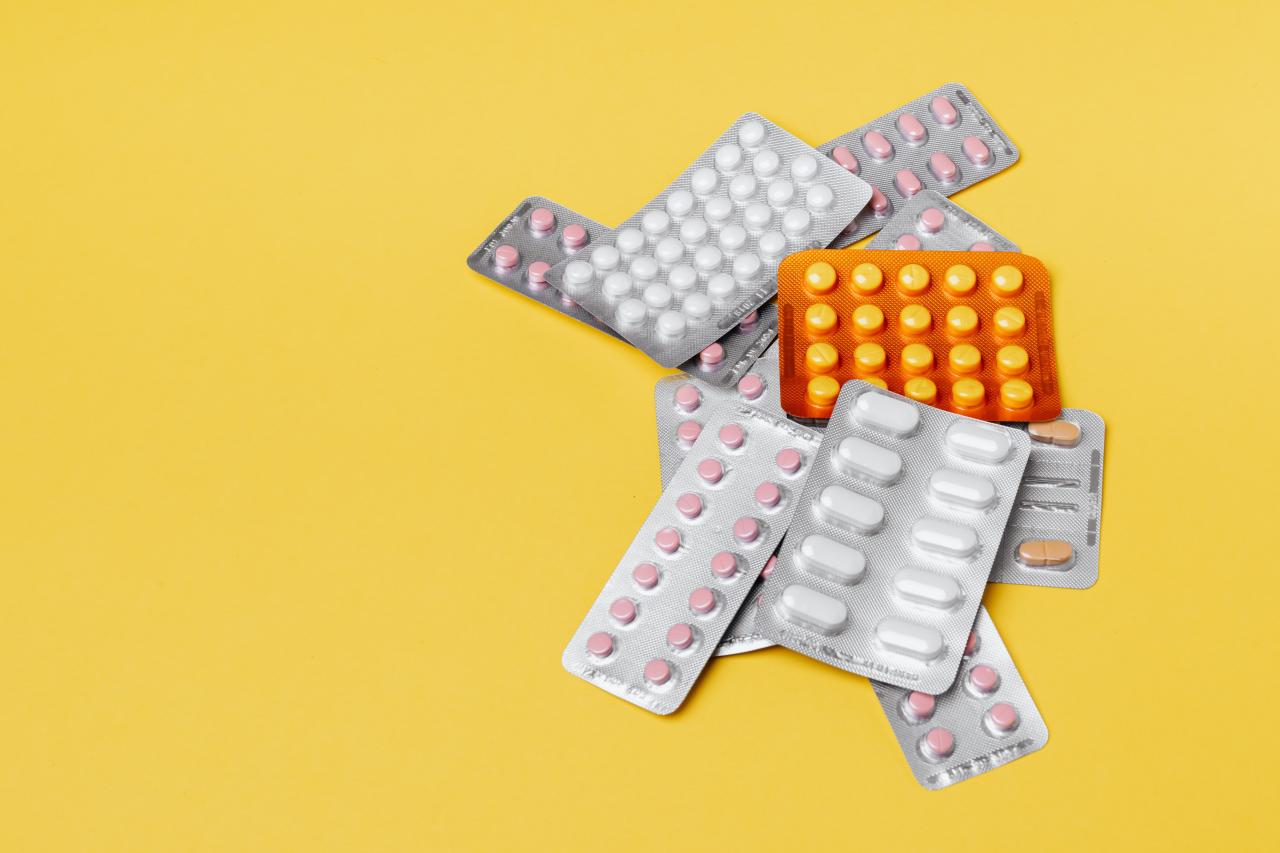Everything You Need To Know About Caesarean Section
Discover our latest podcast
1. Caesarean scar: A caesarean section is an invasive surgical procedure. It involves incising the mother's skin and uterus to extract the baby. The scar is therefore inevitable. It measures about ten centimetres and is just above the pubis. Most often, the incision is lengthways.
In the first days, the scar will be covered with a bandage. When the medical team thinks it's time to remove the bandage, you can take care of your scar yourself. This will be carefully cleaned with a disinfectant liquid that your midwife has told you. Do not be scared by the blistering appearance of your scar, it will fade over time, often leaving only a small pink mark.
After a fortnight, the staples or threads of your surgery will be removed. You can gently massage the scar to soften your skin. It is important to avoid any effort that could reopen your scar - avoid abdominal workouts and carrying heavy loads!
2. Pain after cesarean section: The first time after a cesarean section, the medical team can relieve your pain with appropriate medication. After two or three days, you should not feel unbearable pain anymore. You will probably feel tightness in your scar or a slight burning sensation when you grow pubic hair. If, however, you have unbearable pain, scarring or fever, consult your doctor immediately, as these are signs of infection to be taken seriously.
3. Risks after cesarean section: For the mother, the biggest risk after a caesarean is infection. Be sure to practice your self-care as you have learned from midwives. It is inadvisable to become pregnant again for one year after a cesarean section to allow the uterus time to recover from the incision.
Women who have had a caesarean are more likely than others to have a misplaced placenta in a future pregnancy. But it is still possible to have a vaginal birth in the future. For babies, the major risk is to inhale amniotic fluid during delivery. The fluid, which can stagnate in the bronchi if not aspirated, can cause respiratory infections.















